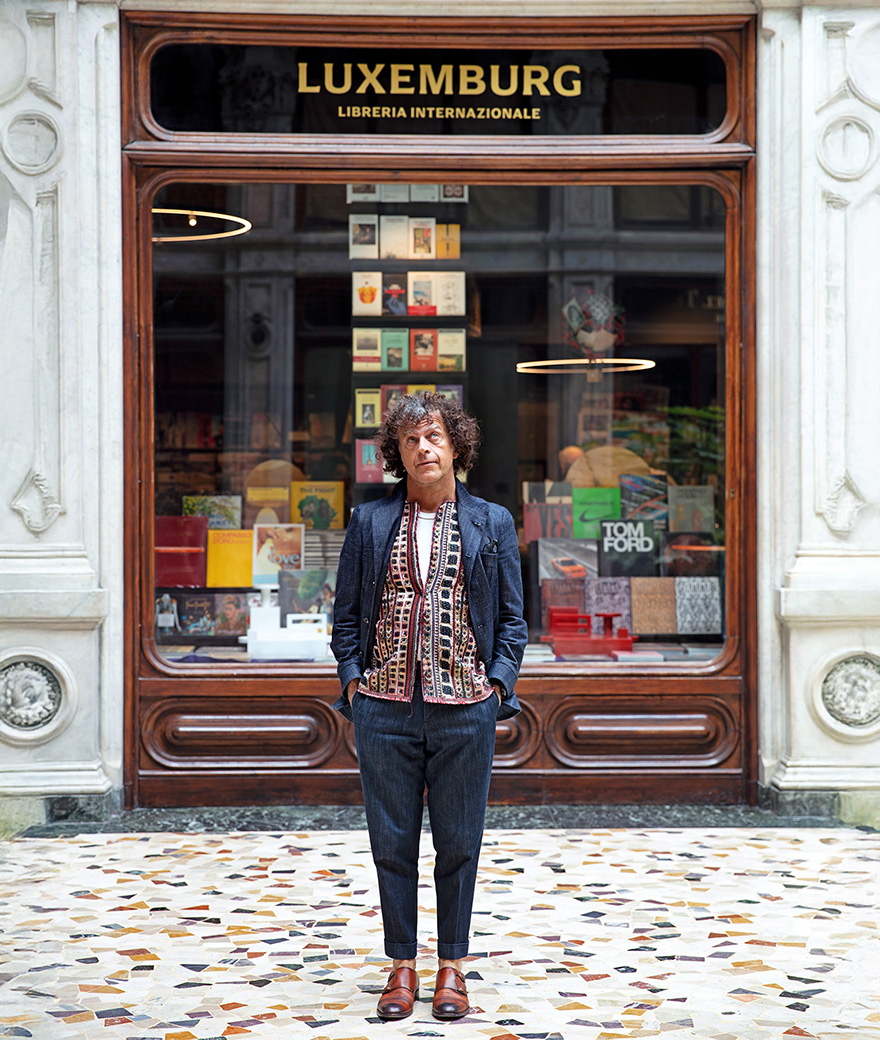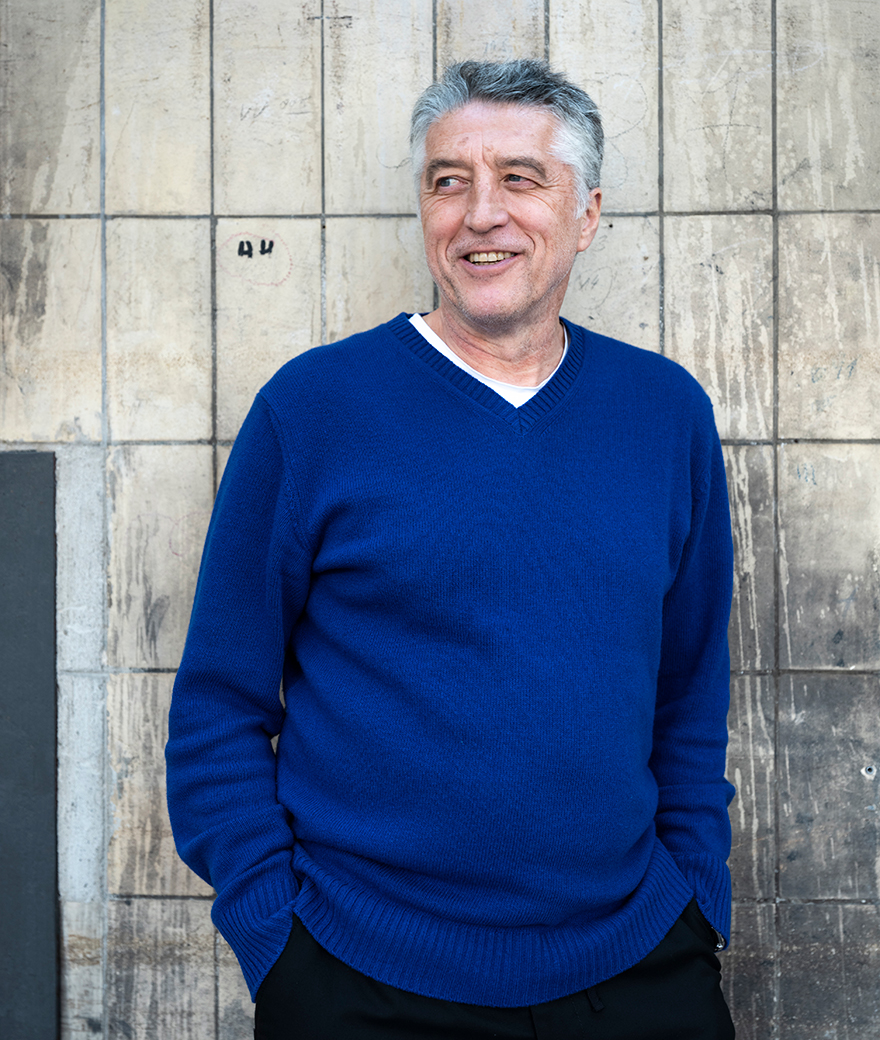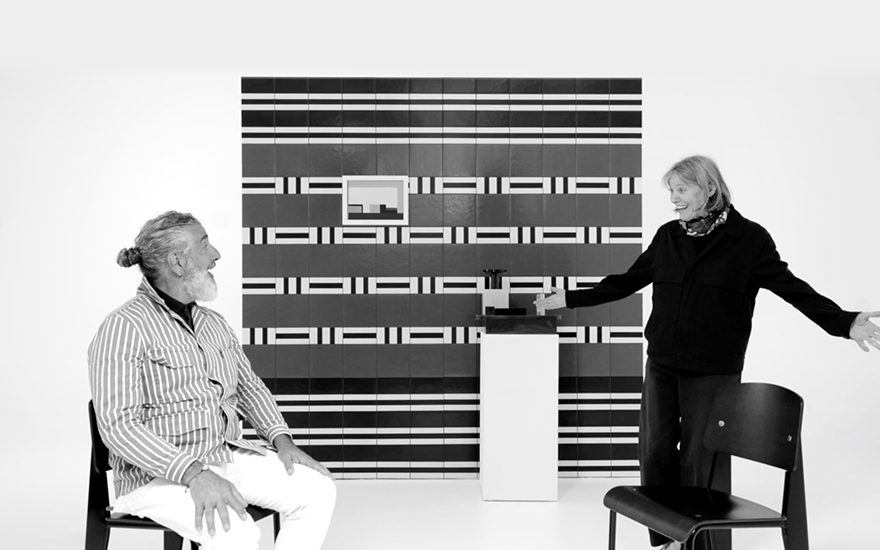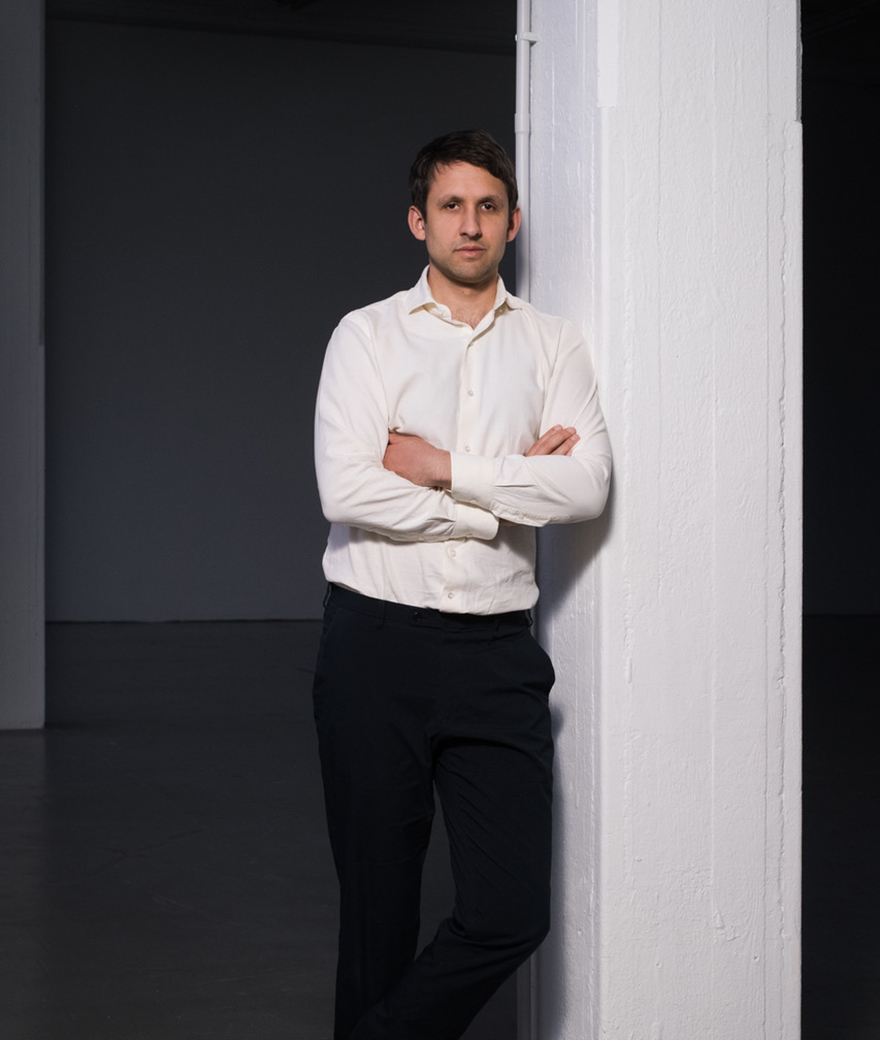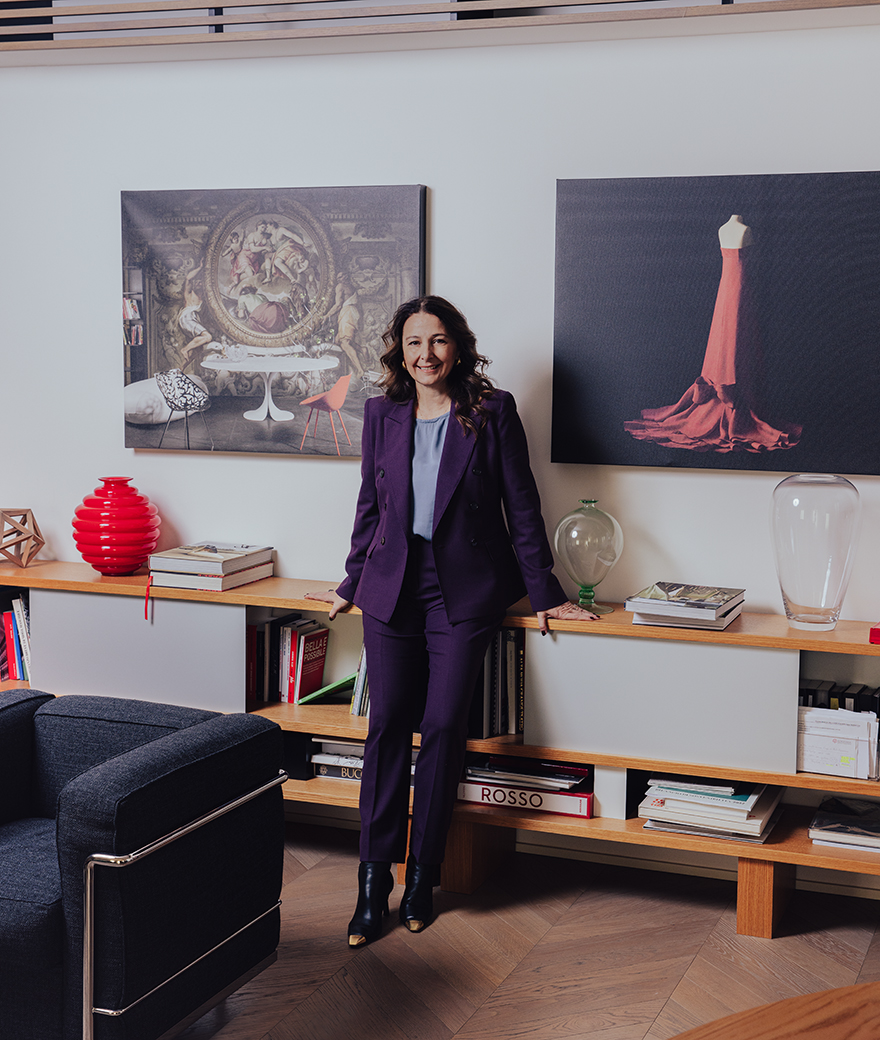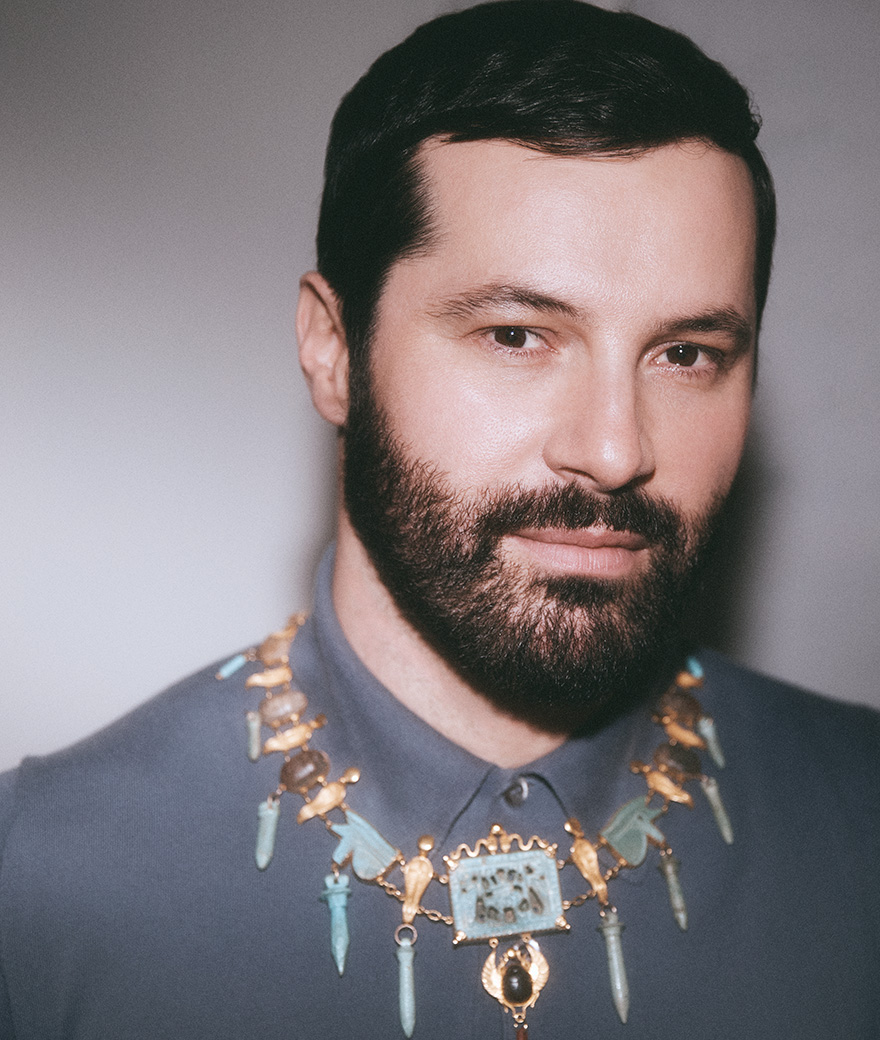A talk with Simon Castets
Simon Castets is a French-American curator, director of strategic initiatives at LUMA Arles, France, since 2022. From 2013 to 2021, he was director of the Swiss Institute for Contemporary Art in New York; he assumed its executive presidency until 2022 and still serves on its board as a trustee. His significant contribution to the contemporary art world secured him a place on the jury of this year’s This Is Not a Prize. During our meeting, Castets talked about how his artistic interest came about and what makes each collaboration unique—starting from the shared sense of vulnerability and a the fascination for the unknown. To conclude, we asked him to tell us about his experience with the Mutina for Art initiative and his opinion on this year’s winner.
How did you get passionate about contemporary art? Was there a particular event that triggered the spark?
It’s a spark that keeps on re-igniting every time I come across a work that I think contributes uniquely and distinctly to its historical period, and possibly to art history. It’s an enduring curiosity, and a far-ranging one, across centuries.
How would you describe your approach as a curator?
I’d say one of the most enjoyable aspects of curatorial work is, paradoxically, its Sisyphean nature: there is always more to learn and discover in an ever-growing field.
After an eight-year experience as Director of the Swiss Institute Contemporary Art New York, in 2022 you became Director of Strategic Initiatives of LUMA Arles. What kind of changes have you made so far, and what are you planning for the future?
LUMA Arles is an 11-hectare / 27-acre campus, radically different in size, scope and location from my previous experience. Changes come through collective effort and often imperceptibly. The organisation itself is a change factor for the entire field, notably for the freedom and support it gives to the artists, but also as Atelier LUMA posits environmental design research as a core tenet of the structure on an unprecedented scale.
What kind of relationship do you usually engage with the artists you work with?
Working with a living artist creates a space with a unique kind of vulnerability on both sides, especially when you work on new productions. The unknown feeds a sense of tension in which artists can thrive when receiving the support—both material and immaterial—that their work demands.
What are your thoughts on the new generation of creatives and their commitment to raising awareness about social and environmental issues through their work?
Art doesn’t exist in a vacuum and any occasion to elevate the conversation through creative endeavors should be welcomed. On the other hand, as Cocteau once wrote, “Emotion resulting from a work of art is only of value when it is not obtained by sentimental blackmail”. Artists aren’t obligated to “raise awareness”, neither should they limit themselves to it. And when freedom of expression is often under threat, it behoves the institutions to stand by the artists they foreground, even when uncomfortable or inconvenient.
This year, you’ve been a member of the commission that assigned This Is Not a Prize, one of the initiatives featured in the Mutina for Art programme. What can you tell us about this experience?
The initiative struck me with its open-endedness. Being able to consider artists from all corners of the world and all walks of life and spending time discussing artworks and possible future projects with a group of talented individuals was not only enjoyable but also a generative way to think across boundaries of time and context.
American painter Matt Connors has been chosen as the winner of the prize. Why did you choose him? What impressed you about his work?
I’m glad the jury chose to award the prize to Matt Connors, who is an artist whose work I’ve admired for a long time—it’s not easy to make abstract paintings in such a saturated field, yet every time, Matt Connors manages to create extraordinary work with singularly riveting compositions, and his work keeps evolving, opening up to new influences and aesthetics. It resonates with his interest in publishing the work of other artists, which he does brilliantly through his project Pre-Echo Press.
“The initiative struck me with its open-endedness. Being able to consider artists from all corners of the world and all walks of life and spending time discussing artworks and possible future projects with a group of talented individuals was not only enjoyable but also a generative way to think across boundaries of time and context.”

